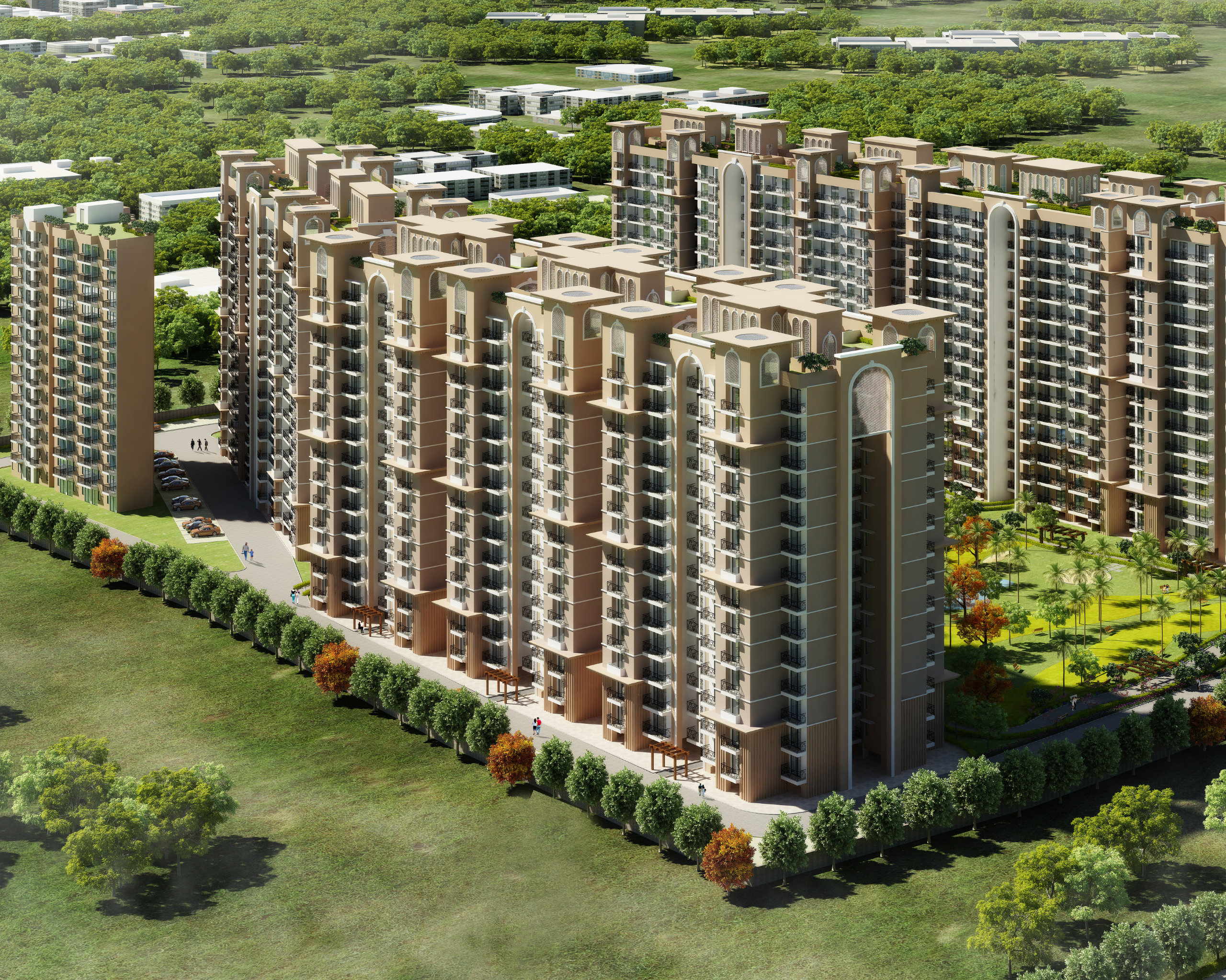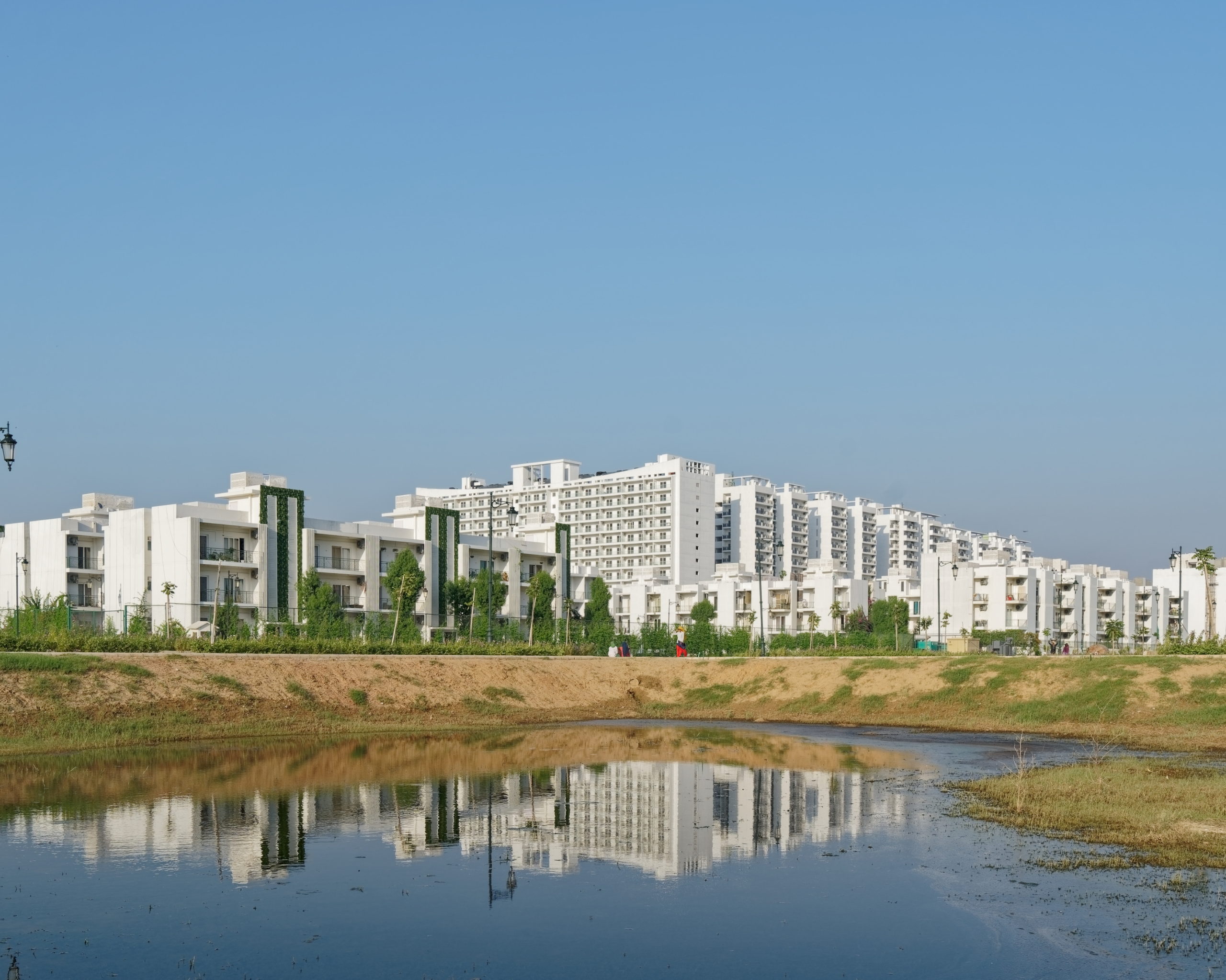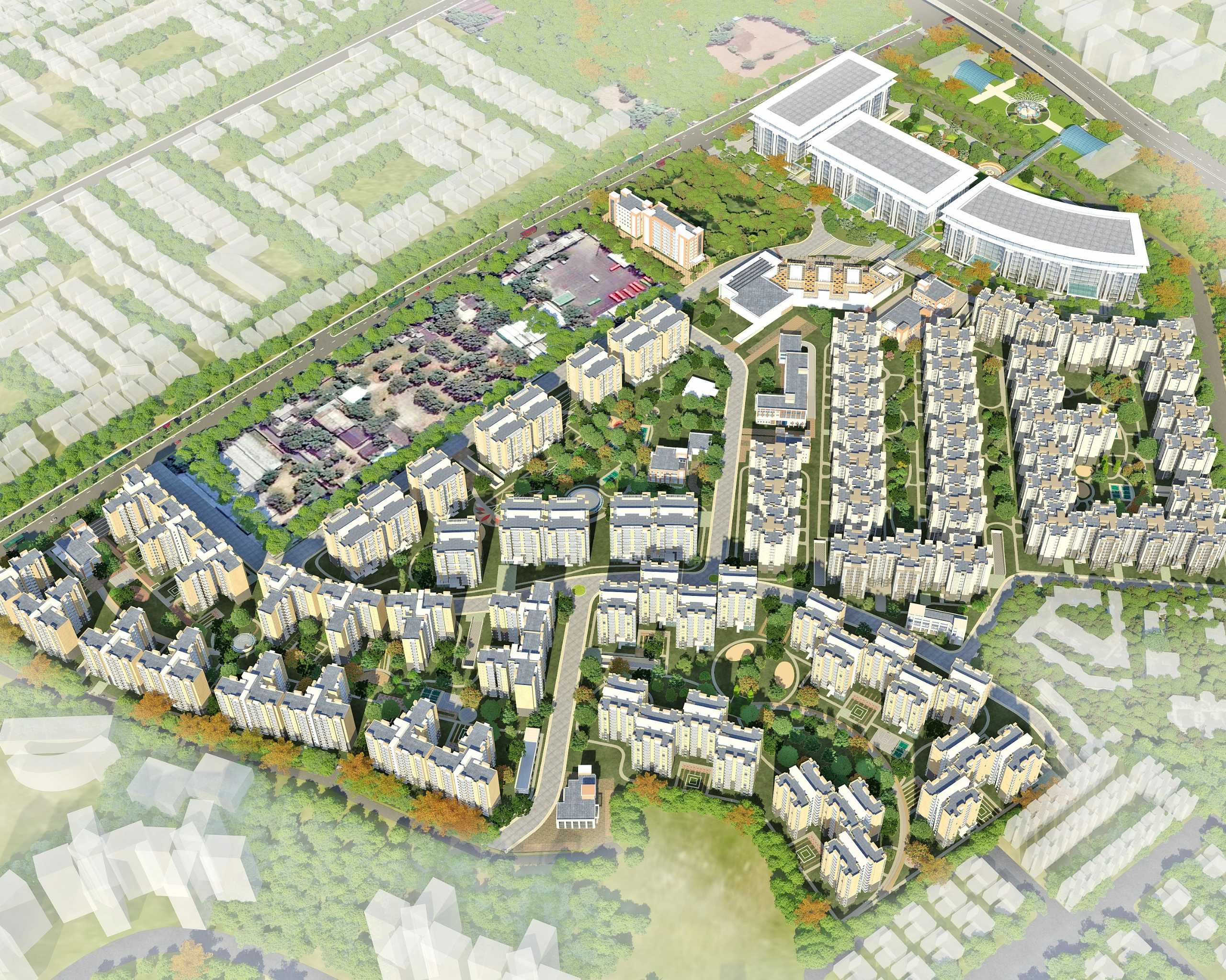Establishing Identity in Hospitality Design

As paradigms of hospitality design evolve, architecture is assumed to be at the centre of creating exceptional visitor experiences. Although the built form is a fundamental aspect of the user experience, it is not independent of its immediate context. By extension, the identity of hospitality design does not operate in a silo, separate from its neighbourhood and the city. It integrates the city’s story and culture in the built form, where they become an inherent part of the design identity.
As an interface between tourists and the city, hotels and resorts should be symbolic of the place where they are located. The social and cultural relatability and a reference to history can provide points of differentiation from competitor hotels and resorts and contribute to brand awareness and reputation. This approach would not only shape the guest experience distinctively but also create a powerful and rooted sense of place. Hence, highlighting the essence of a place and merging the same with contemporary design ideas to create distinguished experiences for visitors is of utmost importance.
Exploration of materiality is a pragmatic and exciting approach to the pursuit of identity in design. The use of advanced technologies or new materials resonant with contemporary times accords a building with a distinctive personality. On the other hand, using local materials and construction techniques can also provide a characteristic aesthetic to design. At GPM, we believe in Going Glocal – Local is the new Global! When used in significant urban developments like hotels, local materials can promote indigenous arts and crafts and help local businesses. Moreover, using local construction techniques is a response to its context’s cultural and aesthetic sensibilities. Opting for locally available resources helps reduce costs and provides better opportunities for the local craftsmen in the region. It becomes a symbiotic rather than a standalone process, as local manufacturing generates a business model for the hotel owner and the craftsmen.
Post the COVID-19 pandemic, there has been a shift in rethinking hospitality design with respect to the user’s health and well-being, thereby focussing more on holistic wellness rather than just comfort. In the context of rapid climate change, one can use passive climate strategies, biophilic designs and smart technology to ensure that a building has a minimal environmental impact. Right from the inception, one can ensure a climatically responsive design with the desired orientation and integration of the built form with its context. When used sincerely, these strategies can create a sense of identity for the hospitality brand as being worldly and progressive. Furthermore, effective use of technology can strike a balance between modernity, luxury and efficiency. Technologies like smart air-conditioning, sensor lights, low-flow water fixtures, and solar panels, amongst others, not only add a distinguishing feature but also avoid the wastage of resources.
Establishing an identity is essentially story-telling, which for hospitality architecture is rooted in four conceptual pegs — place, time, materiality and people. Architects can evoke a compelling narrative of the project’s context and translate it into a memorable experience for visitors. In the context of hospitality architecture, establishing identity is an interesting exercise in brand narration that not only reflects the client’s values but also has significant social and cultural implications. At the heart of it, the key is to know that built form is constantly in a dialogue with the outside world.




